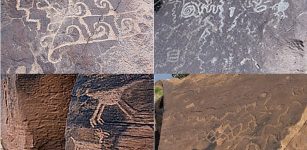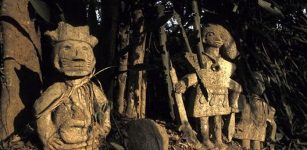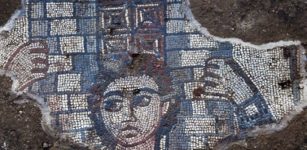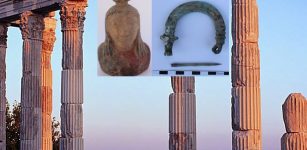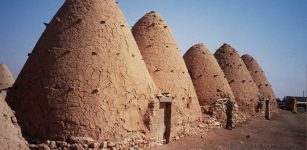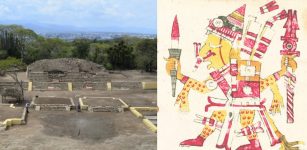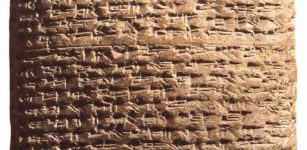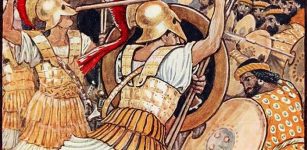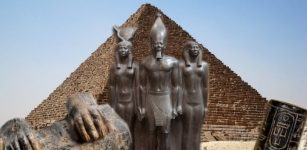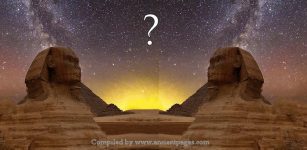2,500-Year-Old Tibetan Medical Text Describes A Coronavirus-Like Outbreak In Surprisingly Accurate Details
Jan Bartek - AncientPages.com - It may be nothing than just pure coincidence, because pandemics have been around as long as humans, but it’s interesting to note a 2,500-year-old Tibetan medical text described a coronavirus-style outbreak in surprisingly accurate details.
Sowa Rigpa is the Tibetan word for “science of healing”. The four great medical tantras called the Gyud - Zhi provide students interested in traditional Tibetan medicine with four methods of treatment. These are diet, lifestyle, external therapies, and medication.
Much of this medical knowledge has been embraced by many modern physicians.
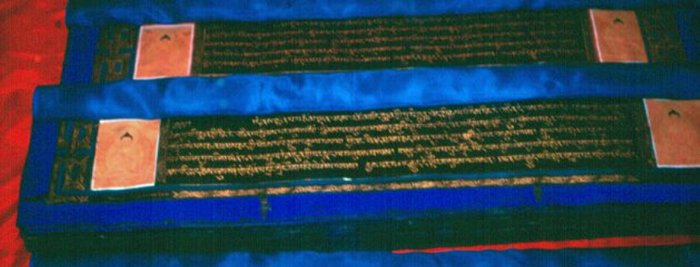
The Gyud-shi. Credit: The New Yuthok Institute For Tibetan Medicine
In Hinduism, Kali Yuga is the last of the four stages the world goes through as part of a 'cycle of yugas' described in the Sanskrit scriptures. This last age is a time when humanity will suffer from horrible climate changes, and many people will not live for more than 50 years. The Kali Yuga shows humans’ worst behavior, such as selfishness, misuse of spiritual powers, fights over religion, vows of war, and compounding of chemicals with the evil intention of destroying all lives — human, animal, and insect.
According to Dr. Jampa Yonten, a Tibetan medical practitioner based in Bengaluru in Tibet and the Himalayan regions, term “nyen-rim” is used to describe epidemics.
In an article published by Deccan Herrald, Dr. Yonten writes that “Maras (spirits) and Dakinis (gods and goddesses) are disturbed badly and epidemics spread through our breath, turn into clouds and become pandemics.
The other effects are extreme changes of season, deficiency or adversity, physical and emotional disturbances, anger, fear and panic. Consuming junk or contaminated foods also adds to the problem.
The symptoms of nyen-rim (epidemic) are pulmonary infections, cough, breathing problems, abdominal aches, dysentery, fever, perspiration, weakness, and the appearance of dark pimples.
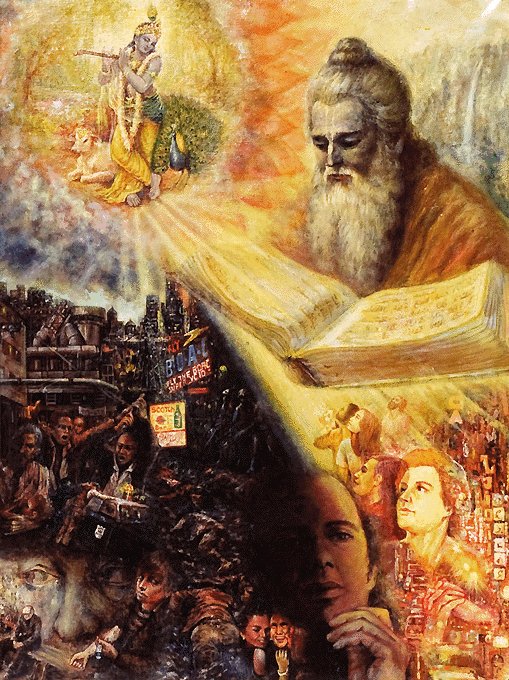
Are we living in the Kali Yuga? Image source
Although there was no microscope then, Gyud-Zhi says the virus is blunt — the coronavirus, it is now confirmed, is round and has blunt extensions. The virus enters through the skin layer into muscle tissues, circulatory channels, deepen into bones, and spread into vital organs.
The infection can enter the body through the eyes, ears, nose, mouth, anal and urethra. The most sensitive entry points are the nose and mouth, making it necessary for people to wear masks. This virus is known as “tre tre ho” in the traditional text: it is invisible and moves like lightning, and is made up of wind and fire elements.
The treatment prescribed for an epidemic of this nature includes administering herbs and chanting mantras.”
It’s doubtful herbs or chanting mantras will help us overcome the coronavirus pandemic, but having a positive attitude can improve our mental and physical health.
Dr. Yonten says, keeping the mind in balance, and avoiding panic is important. According to the ancient Tibetan medical text, “stress, depression and anxiety cause the pandemic to spread faster.”
Earlier this year, the Tibetan spiritual leader Dalai Lama, called for a “coordinated global response” to tackle challenges posed by the pandemic.
“The world should unite for a coordinated global response to COVID-19.
See also:
Ancient Calendar Predicted The Coronavirus And Other Disasters In 2020 – History Researcher Says
Coronavirus: Advice From The Middle Ages For How To Cope With Self-Isolation
This crisis and its consequences serve as a warning that only by coming together in a coordinated, global response, will we meet the unprecedented magnitude of the challenges we face.
As human beings, we are all the same. We experience the same fears, the same hopes, the same uncertainties, yet we are also united by a desire for happiness. Our human capacity to reason and to see things really gives us the ability to transform hardship into opportunity,” Dalai Lama said.
The 8th-century Buddhist monk Shantideva once said worry will not solve any problem.
To many of us, it’s easier said than done, but we must try keeping a positive attitude, and there is much to be learned from ancient texts that inspire us and give us wisdom, and hope.
Written by Jan Bartek - AncientPages.com Staff Writer


